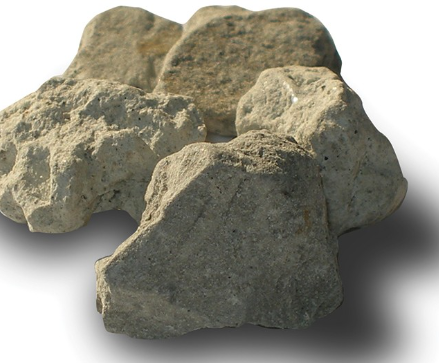- Understanding the Role of Geomembrane Liners in Waste Management
- Innovations in Geomembrane Liners for Water Management
- Geomembrane Liners: A Comprehensive Guide
- The Future of Geomembrane Liners in Civil Engineering
- Geomembrane Liners: Enhancing Landfill Stability
Manager:Alvin Wang
WhatsApp:+62 8983806051
Tel:+86 10-5797-1075
Email:steelwang@okorder.com
Address:3rd Floor, No.2 Building, No.1 Sanlihe Road
Is bentonite a plastic?
These blankets, often employed in containment systems for landfills and as barriers for preventing groundwater contamination, have earned quite some name due to their amazing properties in the area of geotechnical engineering and environmental remediation. They are celebrated for being able to manage liquids and gases effectively when put to use as protection measures against pollutants. The question that arises frequently during discussions concerning bentonite blankets is; Is Bentonite a Plastic?

To assess this matter appropriately, it is important to understand what bentonite is and how it plays a role in creating these specialized covers.
Understanding Bentonite
Bentonite is a clay formed by weathering and alteration of volcanic ash deposits over time. It has an extensive surface area that can absorb or adsorb other substances especially when hydrated giving it gelling abilities. This swelling clay mineral has an exceptionally high surface area after hydration.
The Role of Bentonite in Blanket Construction
Also called geosynthetic clay liners (GCLs), bentonite blankets consist of several layers of geotextile or geomembrane material with a layer of bentonite between each one. They act as impermeable barriers to prevent migration of contaminants into soil and groundwater.
Hydration and Swelling Properties
One outstanding property which makes this type of soil appropriate for blanket construction is its ability to swell upon hydration. When water gets in contact with bentonites’ interlayer spaces will enlarge making thickened barrier. If you like, such expansion prevents any liquids or gases from passing through pathways thus enhancing how well the blanket can contain hazardous materials.
Plasticity vs Bentonite
The term “plastic” typically refers to something that may be shaped or molded under specific conditions. However, while there may be some characteristics similar between hydrated forms of plastics such as forming gel-like substance, the difference between traditional plastics and bentonite is enormous.
Bentonite, being a naturally-occurring clay mineral with unique physicochemical properties, is totally different from petroleum-based synthetic plastics. They are used in diverse ways within engineering applications though each one has its own role and undergoes distinct manufacturing and use procedures.
Environmental Considerations
One great merit of bentonite blankets is their compatibility with the environment. It is a naturally occurring substance and as such, it does not adversely affect ecosystems or human beings compared to synthetics. Moreover, bentonite can aid reduce ground water pollution by adsorbing some pollutants.
Performance and Durability
In terms of performance and durability, bentonite blankets have several benefits over other types of barrier materials. In cases where there occurs variations in environmental conditions the swelling potentiality of this soil guarantees that it remains stable for long periods. Bentonite also possesses self-sealing qualities meaning that if there happens to be any minor punctures or tears then the cover can repair itself thereby reducing risks or chances for leakage.
Applications of Bentonite Blankets
The uses of these types of covers are very many and they feature in numerous engineering undertakings as well as environmental projects where effective containment barriers are needed. Some common examples include:
1. Landfill Liners: Bentonite blankets serve as primary liners or secondary containment barriers in landfill facilities to ensure that leachate does not get into the surrounding soil and groundwater.
2. Remediation Projects: During the remediation process for polluted sites, bentonite blankets are essential for isolating toxic wastes hence making it easier to clean up those areas while decreasing any environmental hazards.”
Pond and Canal Linings
Bentonite blankets are used for ensuring that water does not move through porous formations and cause erosion when constructing reservoirs, ponds and irrigation canals.
Underground Storage Tanks
Bentonite blankets serve as a protective barrier around underground storage tanks preventing leakage of stored liquids and minimizing potential environmental risks.

Conclusion
In conclusion, bentonite in spite of being plastic like is different from synthetic plastics in terms of its composition as well as origin. The natural clay mineral structure of bentonite coupled with its superb swelling and sealing capabilities make it a versatile material which is widely used in making impermeable barriers such as bentonite blankets. As the world steams ahead with environmental consciousness leading to innovations in geotechnical engineering, there will always be need for bentonite to facilitate sustainable containment options.”
- Previous:Why is bentonite good?
- Next:Is bentonite a hazardous material?
-
2024-05-15How long does bentonite waterproofing last?
-
2024-05-15What is bentonite used for?
-
2024-05-15What happens when bentonite gets wet?
-
2024-05-15Does bentonite go bad?






